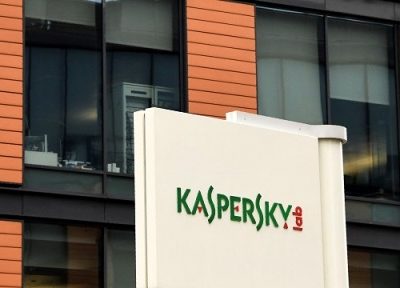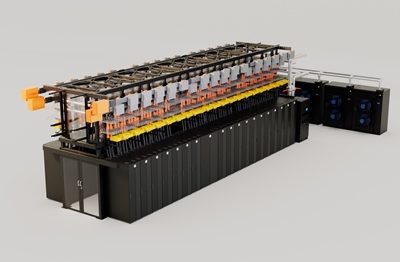By Ryan Birkenbach, ITAD Manager at Desco Electronic Recyclers
As businesses move to the cloud, the question of what to do with legacy IT infrastructure – especially older servers – becomes increasingly pressing. Rather than discarding these assets, companies should consider refurbishing servers, a sustainable and financially sound strategy.
RELATED: Cloud services revenue surges 250% in five years, reaching $84b in Q3
When servers reach the end of their primary use in an organisation, they are often relegated to storage or marked for disposal. However, these servers still hold significant potential value. Refurbishing older servers, rather than simply scrapping them, offers a host of advantages that go beyond environmental sustainability.
Cost efficiency
Refurbishing servers for reuse, either within your own operations or by selling them, presents a cost-effective alternative to purchasing new equipment. This is particularly beneficial for companies looking to offset the cost of their cloud migration.
Circular economy contribution
By refurbishing servers, businesses contribute to the circular economy, where resources are reused and recycled, reducing e-waste and lessening the environmental impact of IT infrastructure.
Data security
Partnering with a certified IT Asset Disposition (ITAD) provider, like Desco Electronic Recyclers, ensures that all sensitive data is securely erased during the refurbishment process, safeguarding your business from data breaches and regulatory penalties.
The financial upside of refurbishing servers
For organisations that are downsizing or eliminating their on-premise IT infrastructure due to cloud adoption, refurbishing servers offers an attractive financial proposition.
- Revenue Generation: Refurbished servers can be sold to secondary markets, generating a return on investment for hardware that would otherwise be considered obsolete. Desco’s refurbishment services help organisations extract maximum value by repairing and upgrading servers to make them market-ready.
- Cost Avoidance: Proper disposal of IT equipment can be costly due to regulatory requirements, particularly for e-waste. By refurbishing and reselling or redeploying servers, companies avoid these expenses while reducing their environmental footprint.
- Tax Incentives: Many regions offer tax breaks for environmentally friendly practices such as recycling and refurbishing. This means that choosing refurbishment could further reduce the overall costs associated with decommissioning legacy servers.
Refurbished servers and the cloud
As businesses move towards cloud-based services, some may still require a hybrid cloud infrastructure where certain critical applications remain on-premise. In this case, refurbished servers can play a key role.
Companies can redeploy refurbished servers to manage sensitive workloads or latency-sensitive applications that are better suited to on-premise management. This allows for a cost-effective solution without the need to invest in new hardware.
Refurbished servers can be repurposed for non-critical tasks like software testing and development environments, eliminating the need to invest in new equipment for these functions.
Sustainability and brand reputation
Sustainability is not just an environmental consideration but a brand differentiator. Clients, consumers, and investors are increasingly drawn to companies that demonstrate responsible environmental practices. By refurbishing servers, businesses can align with their sustainability goals, enhance their corporate social responsibility (CSR) profile, and contribute to a greener IT ecosystem.
Choosing the right partner
Refurbishing servers requires a strategic approach and the expertise of a trusted partner. Desco has over three decades of experience in ITAD and refurbishment, offering certified services that ensure secure data destruction, compliance with environmental regulations, and maximisation of asset value.
Desco’s team of experts works with organisations to assess their legacy servers, determine refurbishment potential, and develop strategies for redeploying, reselling, or recycling these assets. This tailored approach ensures that businesses extract the maximum value from their IT equipment, all while promoting sustainability and operational efficiency.
Transitioning to the cloud doesn’t mean your old servers should go to waste. By opting for refurbishment, businesses can extend the life of their hardware, generate revenue, and support sustainability goals. Refurbishing legacy servers presents a powerful opportunity to do more with less, contributing to a circular economy and reinforcing their commitment to responsible business practices.

































